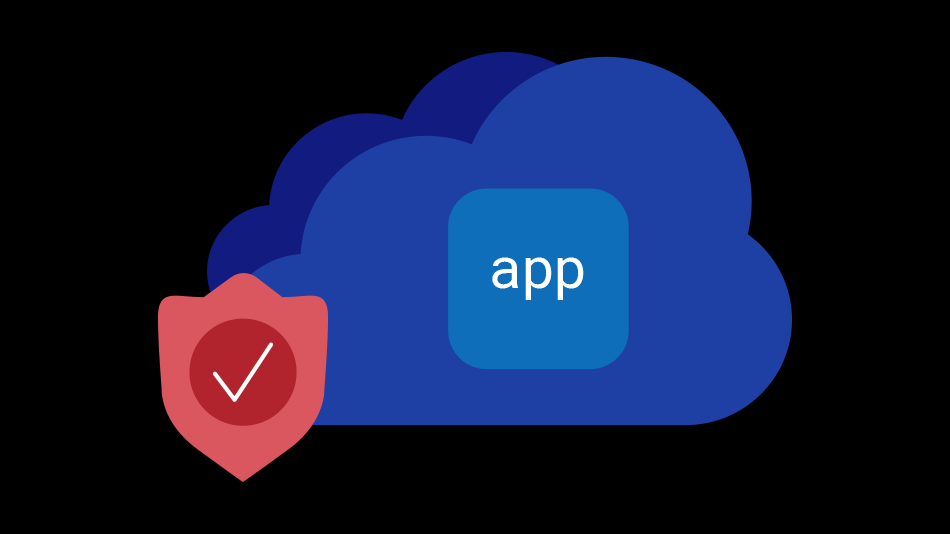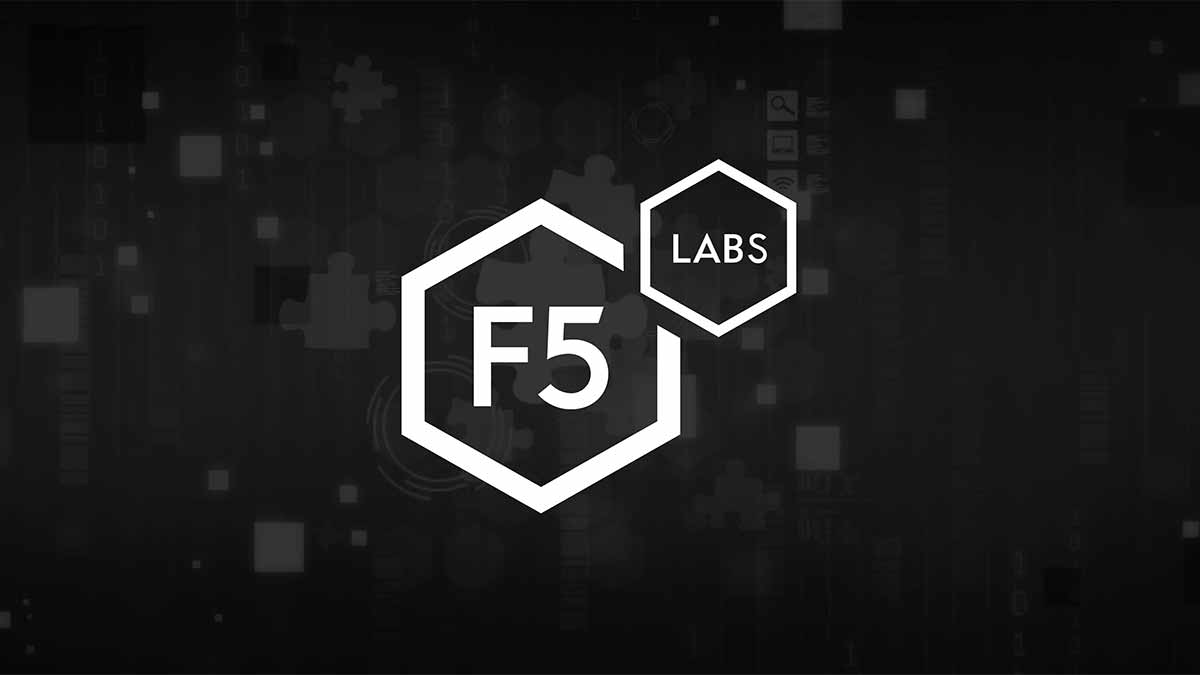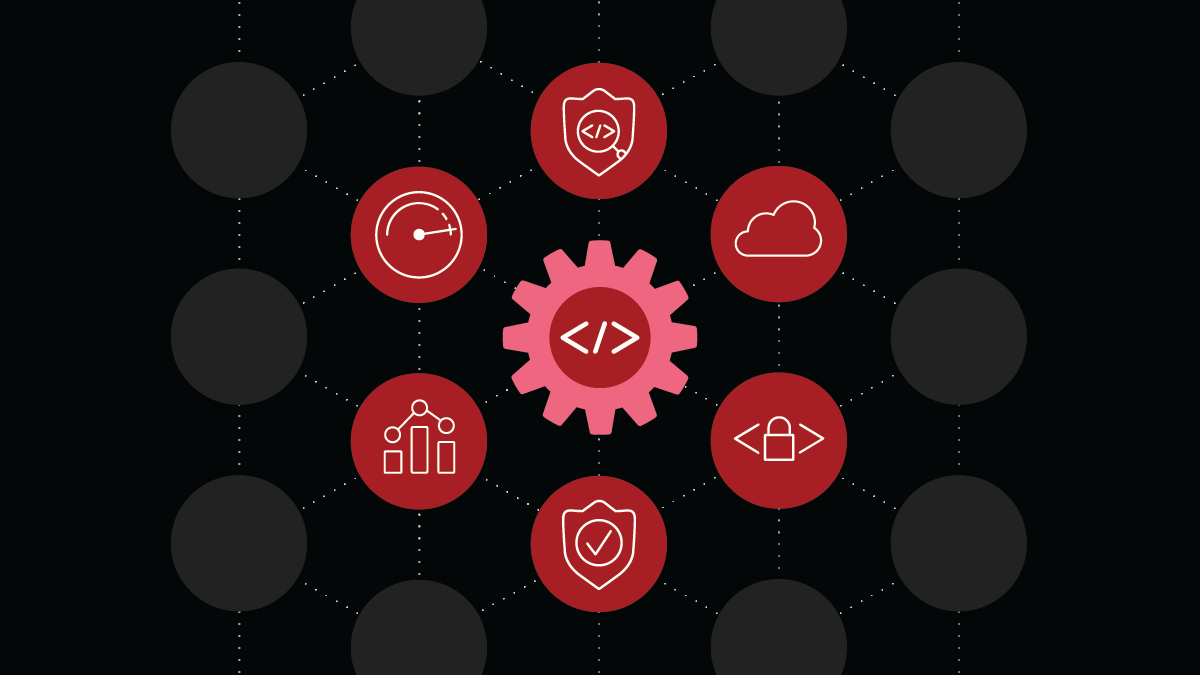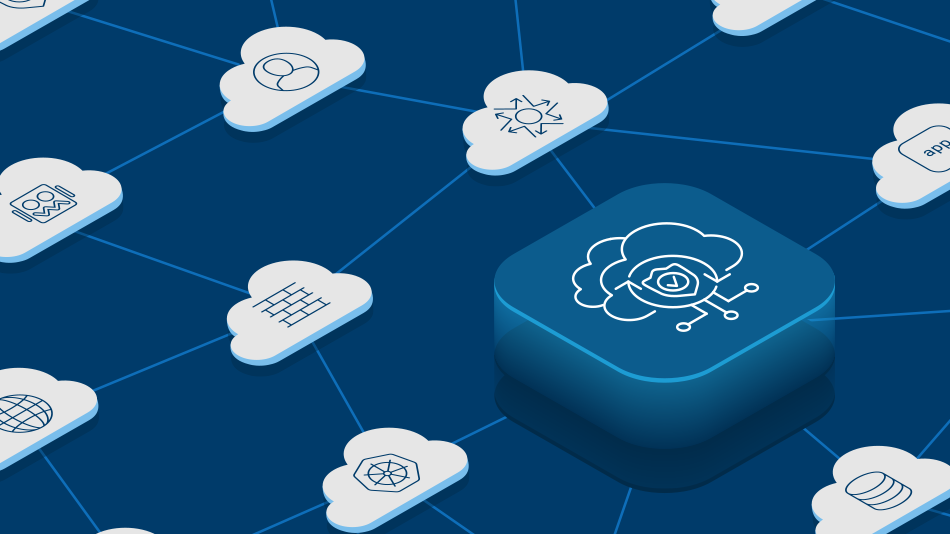Guia de compra de proteção de API e aplicativo da Web (WAAP)
Proteção de ponta a ponta para aplicativos e APIs em qualquer lugar
INTRODUÇÃO
Arquiteturas de aplicativos descentralizadas baseadas em APIs e IA estão impulsionando uma nova geração de inovação digital. No entanto, esses ambientes dinâmicos e distribuídos também expandem a superfície de ameaças e aumentam as oportunidades de comprometimento, tempo de inatividade e abuso da lógica de negócios. Aprenda como soluções de segurança eficazes protegem aplicativos tradicionais, modernos e de IA contra riscos críticos — do código aos testes em tempo de execução — em data centers, nuvens e na borda.
Como chegamos à proteção de API e aplicativo da Web (WAAP)?
O mercado de segurança de aplicativos web evoluiu para acompanhar o ritmo da nova economia digital. Embora o firewall de aplicativo da Web (WAF) tenha se mostrado uma ferramenta eficaz para mitigar vulnerabilidades de aplicativos, a proliferação de APIs, ecossistemas de terceiros e avanços na sofisticação do invasor desencadeou uma convergência de WAF, segurança de API, gerenciamento de bots e mitigação de DDoS em soluções WAAP para proteger aplicativos e endpoints de API de uma variedade de riscos, incluindo explorações de dia zero, ataques de lógica de negócios e ameaças automatizadas que podem levar à tomada de conta (ATO).
Um cenário digital altamente competitivo levou as organizações a adotar o desenvolvimento de software moderno para progredir no mercado, resultando em ciclos de lançamento rápidos para introduzir novos recursos e uma combinação de integrações, interfaces de usuário front-end e APIs back-end. Embora não seja uma fraqueza ou defeito ter um carrinho de compras ou programa de fidelidade, os endpoints que facilitam o comércio e o envolvimento do cliente são um alvo principal para os invasores, exigindo que toda a interação do usuário e lógica de negócios sejam protegidas de vulnerabilidades de software, bem como vulnerabilidades inerentes que podem resultar em abuso de logon, criação de conta e adição ao carrinho. funções por meio de bots e automação maliciosa.
As APIs, assim como os aplicativos web tradicionais, estão sujeitas a vários riscos, incluindo controles fracos de autenticação/autorização, configuração incorreta e falsificação de solicitação do lado do servidor (SSRF). Mesmo empresas com boas práticas de segurança de API ainda podem estar expostas. Integrações de terceiros e ecossistemas de IA que abrangem ambientes híbridos e multinuvem aumentam drasticamente a superfície de ameaça para os defensores. Os endpoints de API desonestos, geralmente chamados de APIs sombra e zumbi, criam uma necessidade de descoberta contínua e proteção automatizada; idealmente no código, durante os testes e em tempo de execução.
Hoje, os clientes têm uma escolha sem precedentes e baixa tolerância a experiências ruins. Qualquer incidente de segurança ou atrito durante as transações, incluindo atrasos no desempenho e desafios excessivos de autenticação, pode resultar em perda de receita e até mesmo no abandono da marca.
A nova economia digital exige, portanto, uma nova era na segurança de aplicativos para liberar a inovação com segurança, gerenciar riscos de forma eficaz e reduzir a complexidade operacional.
Por que a necessidade urgente de WAAP?
A adoção generalizada da nuvem seguida pelo surgimento da IA generativa levou a uma variedade de arquiteturas e interdependências entre componentes de aplicativos. Pilhas web tradicionais de três camadas estão sendo adaptadas ou até mesmo substituídas por aplicativos modernos que aproveitam arquiteturas descentralizadas baseadas em microsserviços para facilitar a comunicação entre APIs. O gerenciamento de múltiplas pilhas de segurança e kits de ferramentas nativos da nuvem em todos os ambientes levou a uma complexidade insustentável e criou desafios significativos para os respondentes de incidentes, pois é impraticável remediar manualmente ameaças que estão sendo rapidamente transformadas em armas com IA. No entanto, aplicativos móveis facilmente acessíveis e integrações de terceiros por meio de APIs aceleram o tempo de lançamento no mercado e são essenciais para manter a vantagem competitiva em um mercado definido pela inovação digital constante.
A descentralização arquitetônica, o desenvolvimento ágil de software e as cadeias de fornecimento de software complexas aumentaram a superfície de ameaças e introduziram riscos desconhecidos, exigindo foco renovado nos princípios do Shift Left, como modelagem de ameaças, varredura de código e testes de penetração, além de esforços concentrados para manter uma postura de segurança consistente em todos os ambientes. Além de mitigar explorações e configurações incorretas, a InfoSec deve se esforçar para proteger aplicativos e APIs em todo o ciclo de vida de desenvolvimento de software (SDLC) e defender a lógica empresarial crítica contra abusos.
A proliferação de APIs e a proliferação de ferramentas são tão generalizadas que estamos chegando a um ponto de inflexão. As equipes de segurança precisarão adotar a telemetria para obter insights acionáveis e empregar inteligência artificial para ajustar automaticamente as contramedidas de segurança para mitigar adequadamente os riscos.
Crescimento de clientes e receita
Organizações que oferecem consistentemente experiências digitais seguras alcançarão crescimento de clientes e receita.
Vantagem competitiva
Incidentes de segurança cibernética e atritos com clientes são os maiores riscos ao sucesso digital e à vantagem competitiva.
Superfície de ameaça expandida
A expansão arquitetônica e as interdependências expandiram drasticamente a superfície de ameaça para invasores sofisticados.
O que faz um bom WAAP?
Devido à complexidade de proteger aplicativos da web e APIs de um ataque constante de explorações e abusos, as plataformas WAAP como serviço fornecidas pela nuvem estão crescendo em popularidade. Essas plataformas surgiram de uma variedade de fornecedores, incluindo empresas tradicionais de CDN, pioneiras em entrega de aplicativos e fornecedores de segurança que se expandiram para mercados adjacentes por meio de aquisições.
Eficácia e facilidade de uso são frequentemente citadas como critérios-chave de compra para WAAP, mas são subjetivas e difíceis de verificar durante a seleção do fornecedor.
Uma abordagem mais prática é definir e agrupar propostas de valor do WAAP em apostas mínimas, recursos de lista restrita e diferenciais para ajudar as organizações a fazerem a escolha mais informada.
| Apostas de mesa | Capacidades de lista curta | Diferenciadores |
|---|---|---|
| Fácil integração e monitoramento de baixa manutenção |
Modelo de segurança positiva com aprendizagem automatizada
|
Visibilidade universal e aplicação consistente para aplicativos e APIs em qualquer lugar |
Análise de segurança abrangente
|
Análise comportamental e detecção de anomalias | Taxa máxima de detecção (eficácia) |
| Sofisticação além de assinaturas, regras e inteligência de ameaças |
Remediação de falso positivo
|
Operações automatizadas |
| Descoberta de API e aplicação de esquema | Integração com ecossistemas de segurança e ferramentas DevOps | Segurança de API de ciclo de vida completo
|
| Proteção escalável contra bots e ataques automatizados | Contramedidas de evasão |
Proteção transparente que reduz o atrito do usuário
|
O que torna o melhor WAAP?
O melhor WAAP da categoria ajuda as organizações a melhorar sua postura de segurança na velocidade dos negócios, mitigar comprometimentos sem atrito ou excesso de falsos positivos e reduzir a complexidade operacional para oferecer experiências digitais seguras em escala, onde quer que aplicativos e APIs precisem estar.
Proteção contínua e segurança consistente
- Observabilidade universal em ambientes híbridos e multicloud
- Aplicação e remediação de políticas consistentes
- Detecção precoce de riscos no código e durante os testes
Melhore a postura de segurança na velocidade dos negócios
- Integração de pipeline de CI/CD
- Descoberta de API dinâmica e aplicação de esquema
- Proteção automatizada e segurança adaptável
Mitigar o comprometimento com o mínimo de atrito e falsos positivos
- Mitigação em tempo real e análise retrospectiva
- Detecção precisa sem desafios de segurança rigorosos
- Resiliência durante a reformulação, escalada e evasão do invasor
Reduza a complexidade operacional
- Mitigar o risco de “TI paralela” e integrações inseguras de terceiros
- Simplifique a segurança em data centers, nuvens e edge
- Remova restrições arquitetônicas para implantar segurança sob demanda onde necessário
O melhor WAAP oferece segurança eficaz e fácil de operar em uma plataforma distribuída.
| Segurança Eficaz | Plataforma Distribuída | Fácil de operar |
|---|---|---|
| Detecção e mitigação contínuas |
Visibilidade universal em nuvens e arquiteturas
|
Implantação de autoatendimento |
Análise retrospectiva |
Segurança intrínseca para todos os aplicativos e APIs
|
Segurança autoajustável
|
| Baixo atrito |
Postura de segurança consistente e resposta a incidentes
|
Painéis abrangentes e insights contextuais |
| Baixo índice de falsos positivos |
Remediação perfeita de ameaças emergentes
|
Operações assistidas por IA
|
A vantagem F5 WAAP
O F5 WAAP se adapta à medida que os aplicativos e invasores evoluem para proteger as experiências dos clientes na nova economia digital. |
Mitigação em tempo real
Segurança robusta, inteligência de ameaças e detecção de anomalias protegem todos os aplicativos e APIs contra explorações, bots e abusos para evitar comprometimento, ATO e fraude em tempo real. |
Análise retrospectiva
Insights correlacionados em vários vetores e avaliação baseada em ML de eventos de segurança, falhas de login, gatilhos de políticas e análise comportamental permitem autoaprendizagem contínua. |
Proteção automatizada
A descoberta dinâmica e a definição de políticas permitem mitigação automática, ajuste e correção de falsos positivos durante todo o ciclo de vida de desenvolvimento/implantação e além.
Segurança Adaptativa
Contramedidas de segurança autônomas que reagem à medida que os invasores se reorganizam, enganam e condenam os malfeitores sem depender de mitigações que interrompem a experiência do cliente.
Plataforma Distribuída
A estrutura de aplicativo unificada implementa segurança sob demanda onde necessário para proteção consistente do aplicativo até a borda.
Integração de ecossistemas
Implantação e manutenção orientadas por API que se integram facilmente a estruturas de desenvolvimento mais amplas, pipelines de CI/CD e sistemas de gerenciamento de eventos.
Exemplo de ataque de preenchimento de credenciais
| Doença | Identificação |
|---|---|
Abuso
|
Detecção de anomalias
|
Intenção
|
Análise comportamental
|
Origem
|
Estágio 1 ML
|
Evasão
|
Estágio 2 ML
|
Detecção precisa e mitigação automática




